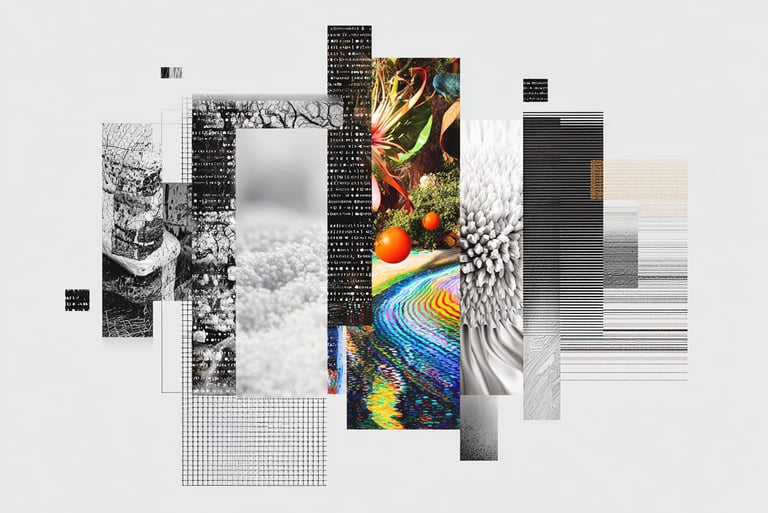The First Digital Artists
From Vera Molnar to Beeple — a brief history of pioneers who fused art and technology
CHRONICLES : THE TALES OF ARTO KRISTO
The Origins of Digital Art
Before the blockchain and NFTs, there were artists who already dreamed of creating with machines.
In the 1960s, Vera Molnar, a Hungarian-born artist, was among the first to use computers to generate abstract compositions. She called her method “machine imaginaire” — an imaginary machine that calculated and drew according to her programmed rules.
Her art was mathematical, minimalist, and visionary. She didn’t see the computer as a cold tool, but as a partner in creation, capable of translating intuition into algorithms.


From Code to Canvas
In the decades that followed, other pioneers joined the movement:
Frieder Nake and Georg Nees, who created some of the earliest plotter drawings using algorithmic code.
Harold Cohen, who built AARON, one of the first AI systems designed to paint autonomously.
Manfred Mohr, who explored geometry, randomness, and logic as artistic language.
These artists saw programming not as a technical skill, but as a new artistic medium — like paint or marble.
The Digital Revolution
The 1990s and 2000s brought personal computers, the internet, and digital imaging. Artists began exploring software as a form of self-expression:
Rafaël Rozendaal turned websites into interactive artworks.
Joshua Davis used generative design to blend art and motion.
Casey Reas and Ben Fry created Processing, an open-source language that made generative art accessible to a new generation.
Art was no longer confined to galleries — it became experiential, interactive, and online.
From Pixels to NFTs
Then came the blockchain.
When Beeple sold Everydays: The First 5000 Days for $69 million in 2021, it wasn’t just a sale — it was the recognition of decades of digital creation.
Beeple’s work symbolized the union of artistic persistence and technological evolution. Each digital artist before him had paved the way for NFTs to exist — where digital art could finally be owned, collected, and valued like physical works.
Legacy and Continuity
Today, the line between traditional and digital art has vanished. Artists use AI, code, and blockchain not as tools, but as extensions of imagination.
From Vera Molnar’s plotter drawings to Beeple’s animated universes, the same impulse remains:
to explore how technology transforms the act of creation itself.